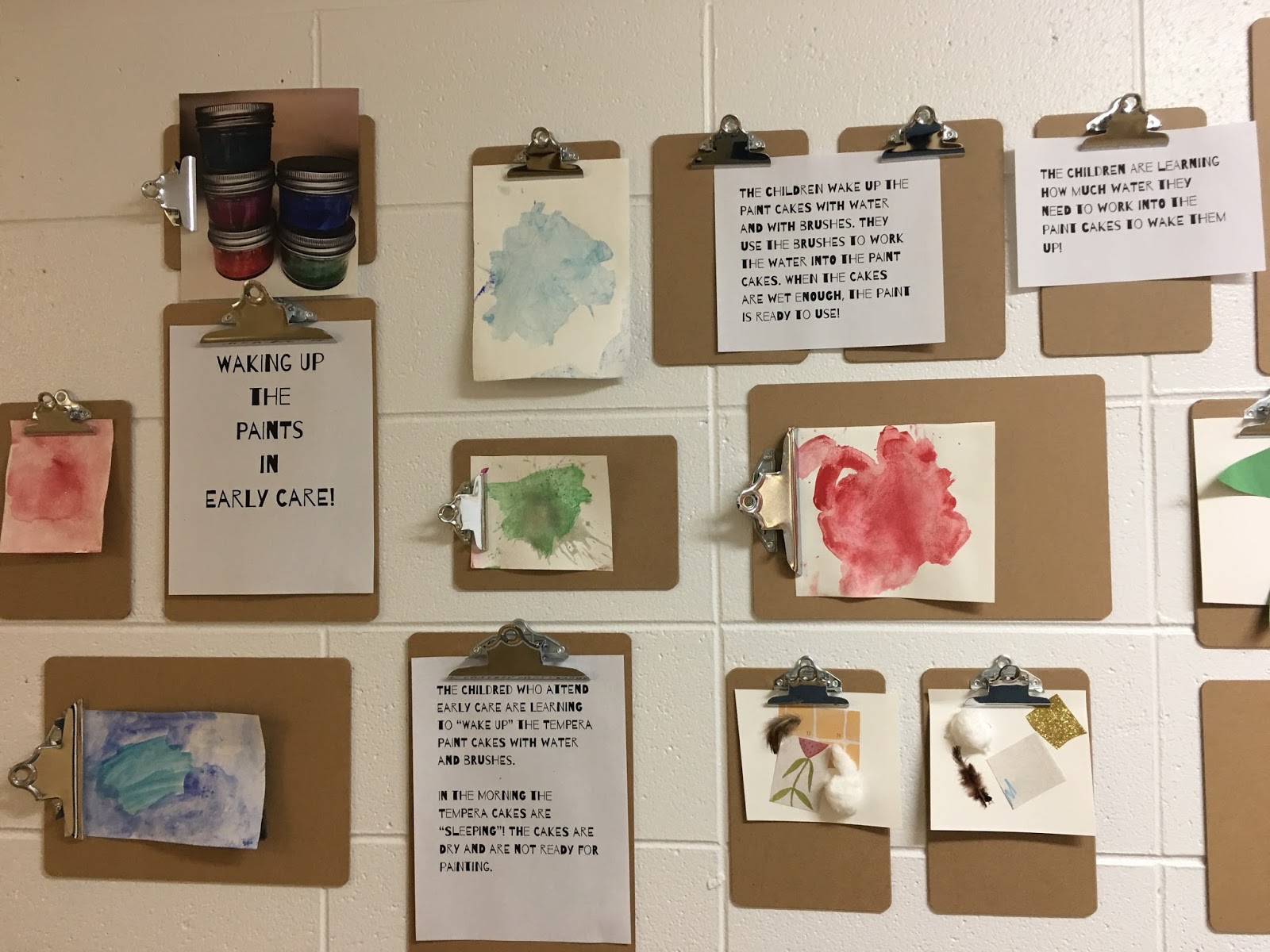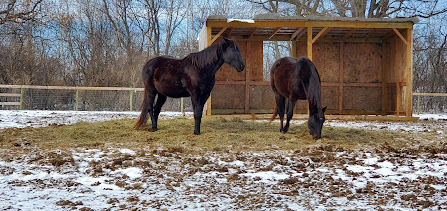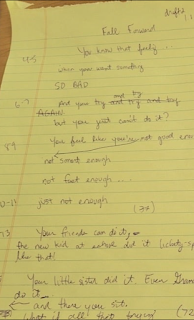Kleon believes that from the first days of committing to our work as artists, it is essential to share our process, rather than our "product". Aside from the reality that I am twenty-plus years in to writing for children, this appealed to me. I am a bit shy and am an introvert to a fair extent, but I have a good deal of comfort sharing my own internal journey, and have done so via columns and guest blog posts for the over-twenty years I've been writing for children. But I don't think I've ever shared my actual process—showing it vs. talking about it.
So this idea of Kleon's perked me right up the minute I saw it. Why?
A good question. A creative question. By the time I'd spent a year marketing my first book, challenging myself to speak about my work and my achievements in a way that did not feel truly comfortable, I found myself wondering:
How can I market myself in a way that has potential,
but also feels authentic to who I am as a person and writer?
So as I prepared to move forward with my new publisher for CALL ME BOB, the adult verse nonfiction narrative coming out from Oprelle Publications in July, I dove into the first three little chapters of SHOW YOUR WORK!
Here are a few tips from Kleon that sparked my own ideas and a first plan or two:
1. Amateurs are lifelong learners who "make a point of learning in the open, so that others can learn from their failures and successes." They share what they're thinking out loud.
This actually reminds me of the early childhood center where I worked for six years after closing my private practice in psychotherapy. Part of the extraordinary learning that occurred had to do with the teachers writing down children's narration of what work they were doing or had done. The narration was posted with the work as classroom and hallway displays. Other displays used adult language that explained how the children thought about what they did.
2. "The best way to get started on the path to sharing your work is to think about what you want to learn, and make a commitment to learning it in front of others," writes Kleon.
I have been wanting to learn how a site or experience that stirs me begins to become a poem, and what the first steps are in giving language to visceral, emotional, even spiritual experience.
Last week this happened:
- I was driving down an uncrowded country highway. I responded to a visual site and to a sound. They stirred me in some way. The sight and sound in this country environment has some meaning to me. I do not yet know what that meaning is. I don't worry about that.
- I pull off to the side, keeping my eyes on the road for cars, and scribble without looking:
- I start to revise page 1 almost immediately, because "corn peeks out" makes me think of the word, hiding, and hiding makes me scribble, secrets of spring.
- But the second page takes a different conceptual turn, and I scribble begging to be seen as a necessity for spring. I don't know what this means, precisely, but I like the idea of begging for some reason, and I like the repeated "s" sounds that just happened.
- I look out at the corn rows again and suddenly the snow feels like a blanket, with the rows of corns stitching strips together. I scribble down, Quilt of corn rows and stitched rows.
- I return to driving but spring grates on my brain, and I find somewhere else to pull off the road. I scribble out spring and write, a warm earth to come. I don't love it, but prefer a lyrical phrase instead of a one-syllable word.
- I drive to my destination and focus on my work, feeding horses, taking out two beautiful pups for a run, and then visiting with a couple of this week's favorites. I love the physical work and the nearness to horses.











Carol, I love everything about this! Ty for sharing your process so openly and this book.
ReplyDeleteThanks for helping me out with pix, Kathy! Unfortunately, I missed your commentary until today—but I have a feeling I'll be doing more of these "process" posts...
DeleteProcess is everything. Thanks so much for sharing yours, and what you learn on the journey.
ReplyDeleteThanks, Sue! It felt so 'right' and authentically 'me' to talk process vs. product.
DeleteCarol, your voice brought such stunning visuals to my mind. I know you have a poem waiting for its birth. Thank you for sharing your process.
ReplyDeleteThank you, Charlotte....I let it 'float', and then today on my way out to the horse farm, the missing piece just popped right in! I love to trust my brain, and its capacity to surprise me!
DeleteAustin Kleon--a New York Times best selling author, writes encouraging words and draws unique pictures in his amazing books to inspire creativity.
ReplyDeleteThank you, Carol, for sharing your creative work.
Suzy Leopold
This post is wonderful! I love this idea--and plan to get Kleon's books immediately! And yours, when it comes out. Thank you, Carol.
ReplyDeleteYay! Let's share how it goes!
DeleteThis post is wonderful! I love this idea--and plan to get Kleon's books immediately! And yours, when it comes out. Thank you, Carol.
ReplyDeleteI love this! I reread Kleon's books at the end of last year. One of my mantras lately has been SHOW YOUR WORK, so I can totally relate. I created a calendar with my haiku and photos from last year and sent it to a few people. I also have been trying to share more of my process on Instagram.
ReplyDeleteI also stole another Kleon idea--creating an analog desk. It has been transformative for me!
Thanks for sharing all of your work!
Carol, this was so helpful. I'm a big fan of Austin Kleon, so it was enlightening to see his beliefs in practice. (And I think you're going to like his newsletter!)
ReplyDelete